Coupé
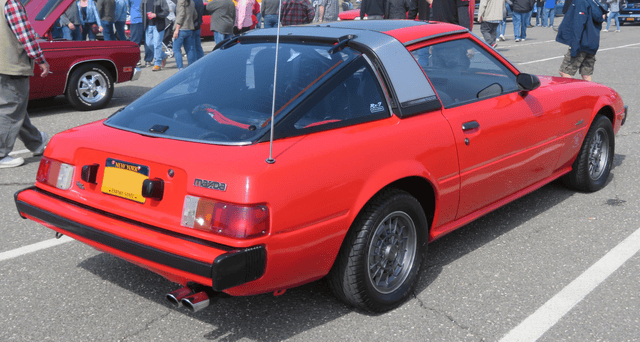
Coupé

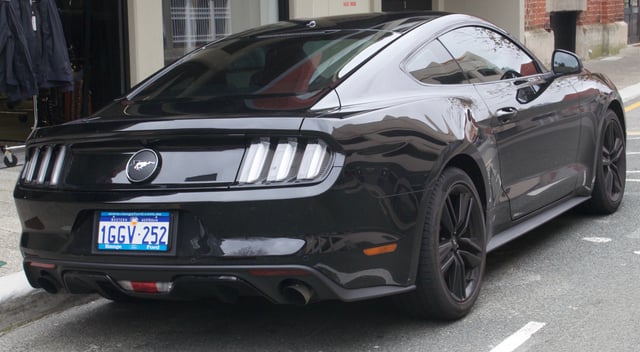
2017 Ford Mustang
Etymology and pronunciation
Coupé (French: [kupe]) is a French loanword. It is the past participle of the French verb couper ("to cut") and thus indicates a car which has been "cut" or made shorter than standard.[1] It was first applied to horse-drawn carriages for two passengers without rear-facing seats.[2] These berlines coupés[3] or carosses coupés ("clipped carriages") were eventually clipped to coupés.[4]
In British English, the French pronunciation is anglicized as /kuːˈpeɪ/ (koo-PAY) and the accent is usually marked.[4] In American English,[5] the pronunciation is usually further anglicized to /kuːp/ (KOOP) as a spelling pronunciation when the word is written without an accent.[4][6] This change occurred gradually before World War II[7] and features in the Beach Boys' hit 1963 song "Little Deuce Coupe".
Definition
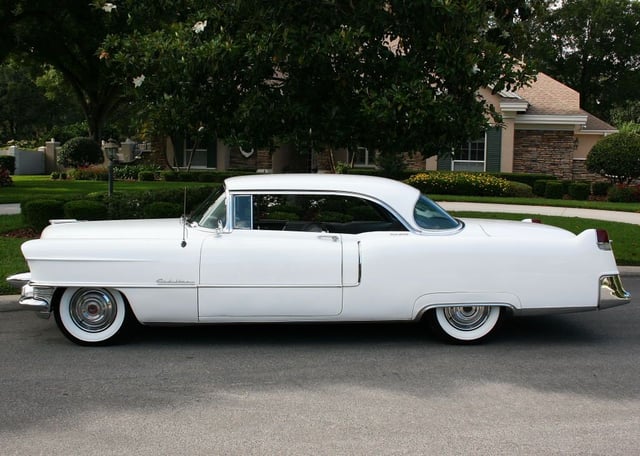
1955 Cadillac Coupe de Ville
A coupe is fixed-roof car with a sloping rear roofline and one or two rows of seats. However, there is often debate surrounding whether a coupe must have two doors[8][9][10] or whether cars with four doors can also be considered coupés.[11] This debate has arisen since the early 2000s, when four-door cars such as the Mazda RX-8 and Mercedes-Benz CLS-Class have been marketed as "four door coupes" or "quad coupes".
The 1977 version of International Standard ISO 3833— Road vehicles - Types - Terms and definitions— defines a coupe as having two doors (along with a fixed roof, usually with limited rear volume, a fixed roof, at least two seats in at least one row and at least two side windows).[15] On the other hand, the United States Society of Automotive Engineers publication J1100[16] does not specify the number of doors, instead defining a coupe as having a rear interior volume of less than 33 cu ft (934 L).[13][2][17]
The definition of coupe started to blur when manufacturers began to produce cars with a 2+2 body style (which have a sleek, sloping roofline, two doors, and two functional seats up front, plus two tiny seats in back).[18]
Horse-drawn carriages
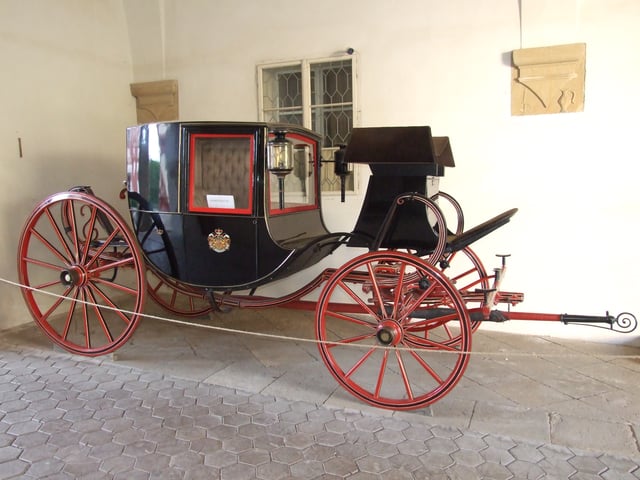
Example of a coupe carriage
The origin of the coupe body style come from the berline horse-drawn carriage. In the 18th century, the coupe version of the berline was introduced, which was a shortened ("cut") version with no rear-facing seat.[2][3][19] Normally, a coupe had a fixed glass window in the front of the passenger compartment.[20] The coupe was considered to be an ideal vehicle for women to use to go shopping or to make social visits.[21]
History
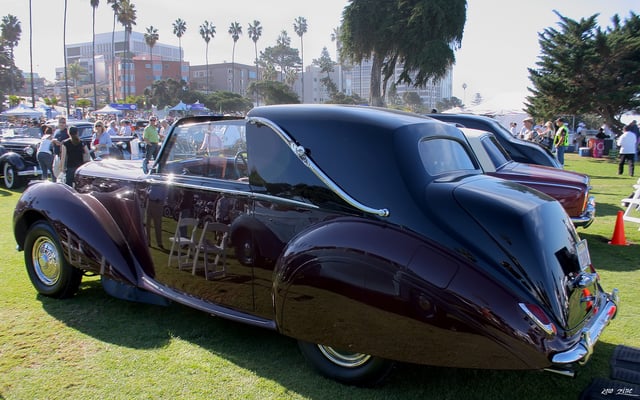
1948 Bentley coupé de ville
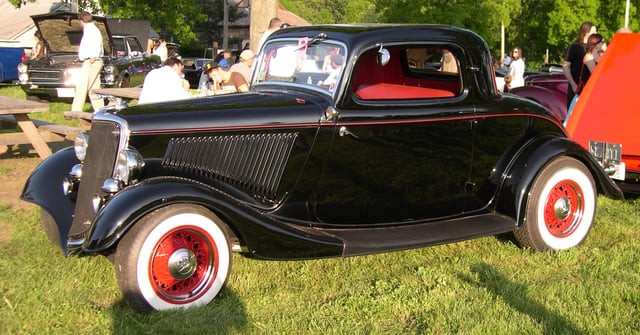
1934 Ford Model B Deuce coupé
The early coupe automobile's passenger compartment followed in general conception the design of horse-drawn coupes,[22] with the driver in the open at the front and an enclosure behind him for two passengers on one bench seat.[23][24] The French variant for this word thus denoted a car with a small passenger compartment.[22]
Coupe: An enclosed car operated from the inside with seats for two or three and sometimes a backward-facing fourth seat.
Coupelet: A small car seating two or three with a folding top and full height doors with fully retractable windows.
Convertible coupe: A roadster with a removable coupe roof.
Since the 1960s the terms "coupe" and "coupé" have generally referred to a two-door car with a fixed roof.[31]
Since 2005, several models with four doors have been marketed as "four-door coupes". Reactions are mixed about whether these models are actually sedans instead of coupes.[32][33][34] According to Edmunds, the American online resource for automotive information, "the four-door coupe category doesn't really exist".[35]
Variations
Manufacturers have used the term "coupe" with reference to several varieties, including:
Berlinetta
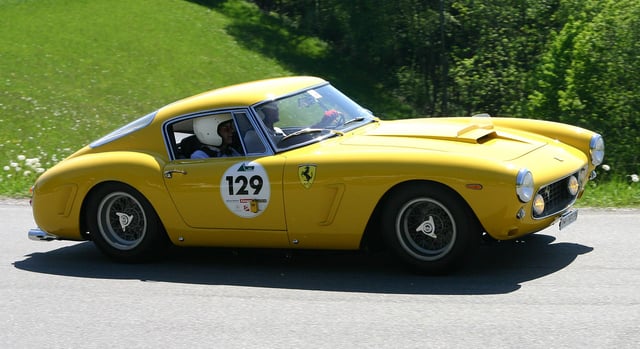
1961 Ferrari 250GT
A berlinetta is a lightweight sporty two-door car, typically with two-seats but also including 2+2 cars.[36]
Business coupe
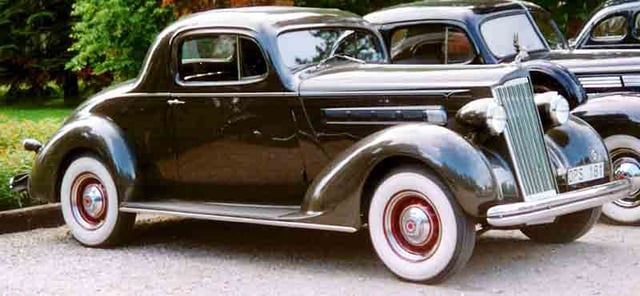
1936 Packard One-Twenty
A two-door car with no rear seat or with a removable rear seat intended for travelling salespeople and other vendors carrying their wares with them. American manufacturers developed this style of coupe in the late 1930s.[37]
Club coupe
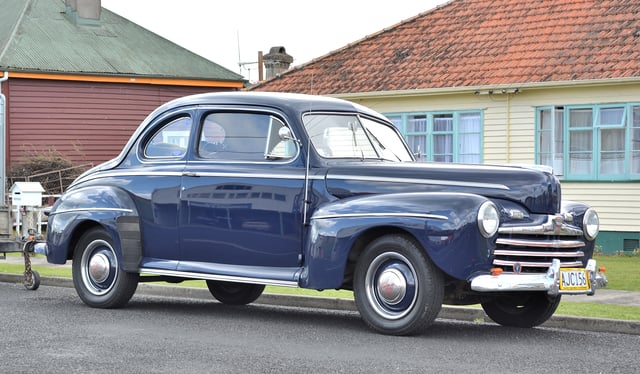
1946 Ford V8
A two-door car with a larger rear-seat passenger area,[2] compared with the smaller rear-seat area in a 2+2 body style.
Combi coupe
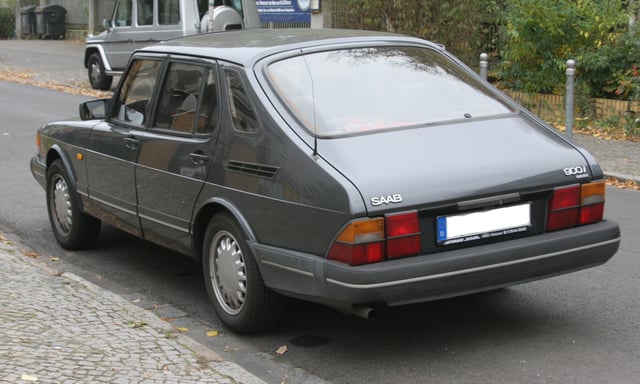
1978-1987 Saab 900
Saab incorrectly used the term combi coupe for a car body similar to the liftback.[38]
Four-door "coupe"
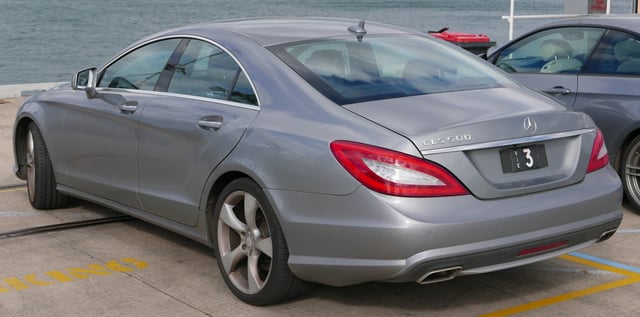
2013 Mercedes-Benz CLS
A four-door car with a coupe-like roofline at the rear is not actually a coupe, but a sedan. The low-roof design reduces back-seat passenger access and headroom.[39] The designation was first used for the low-roof model of the 1962-1973 Rover P5,[40] followed by the 1992-1996 Nissan Leopard / Infiniti J30.[41] Recent examples include the 2005 Mercedes-Benz CLS, 2010 Audi A7 and 2012 BMW 6 Series Gran Coupe.[42][43][44]
Opera coupe
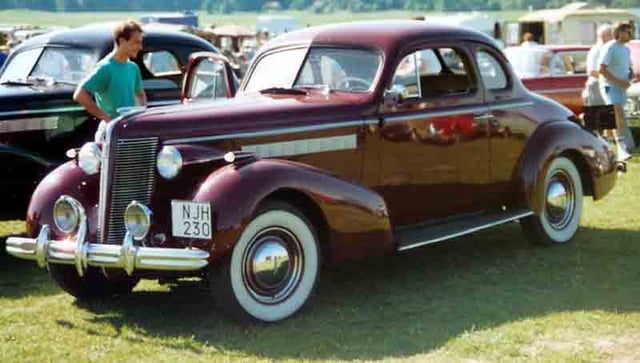
1937 Buick 37 46S
Often they would have solid rear-quarter panels, with small, circular windows, to enable the occupants to see out without being seen. These opera windows were revived on many U.S. automobiles during the 1970s and early 1980s.[48]
Quad coupe
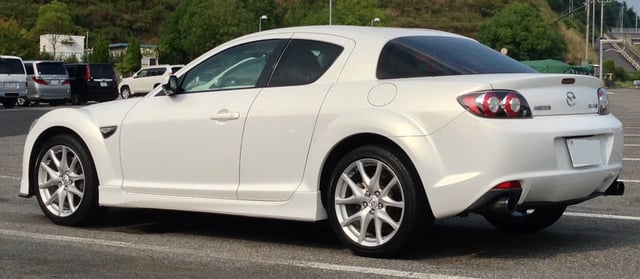
2010 Mazda RX-8
A quad coupe is a car with one or two small rear doors and no B pillar.
Three-window coupe
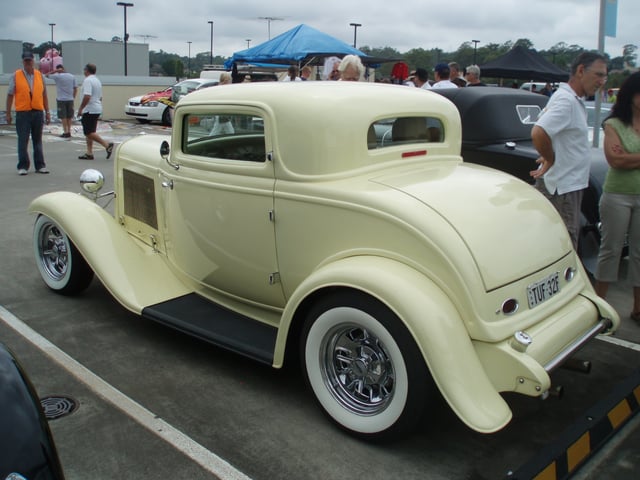
1932 Ford Model 18
The three-window coupe (commonly just "three-window") is a style of automobile characterized by two side windows and a backlight (rear window). Front windscreens don't count. The style was popular from the 1920s until the beginning of World War II. While many manufacturers produced three window coupes, the 1932 to 1936 Ford is a particular favorite of hot rodders. The three-window coupe has a distinct difference from the five-window coupe, which has an additional window on each side.
Positioning in model range
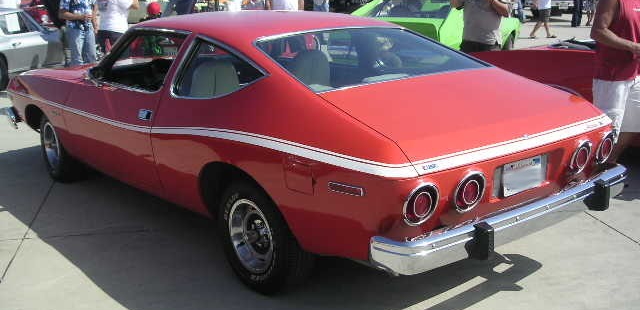
1974-1978 AMC Matador coupe
In the United States, some coupes are "simply line-extenders two-door variants of family sedans", while others have significant differences to their four-door counterparts.[49] The AMC Matador coupe (1974-1978), had a distinct design and styling, sharing almost nothing with the 4-door versions.[50] Similarly, the Chrysler Sebring and Dodge Stratus coupes and sedans (late-1990 through 2000s), had little in common except their names, with the coupes engineered by Mitsubishi and built in Illinois, while the sedans were developed by Chrysler and built in Michigan.[51]
Coupes may also exist as model lines in their own right, either closely related to other models but named differently - such as the Alfa Romeo GT - or have little engineering in common with other vehicles from the manufacturer - such as the Toyota GT86.
See also
Fastback
Hardtop
Cabriolet
Car classification